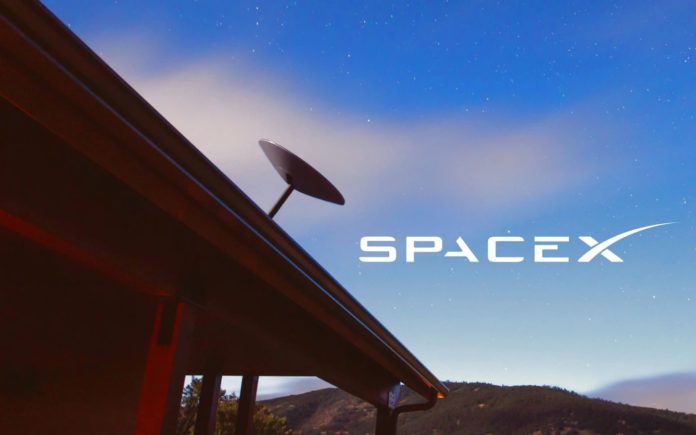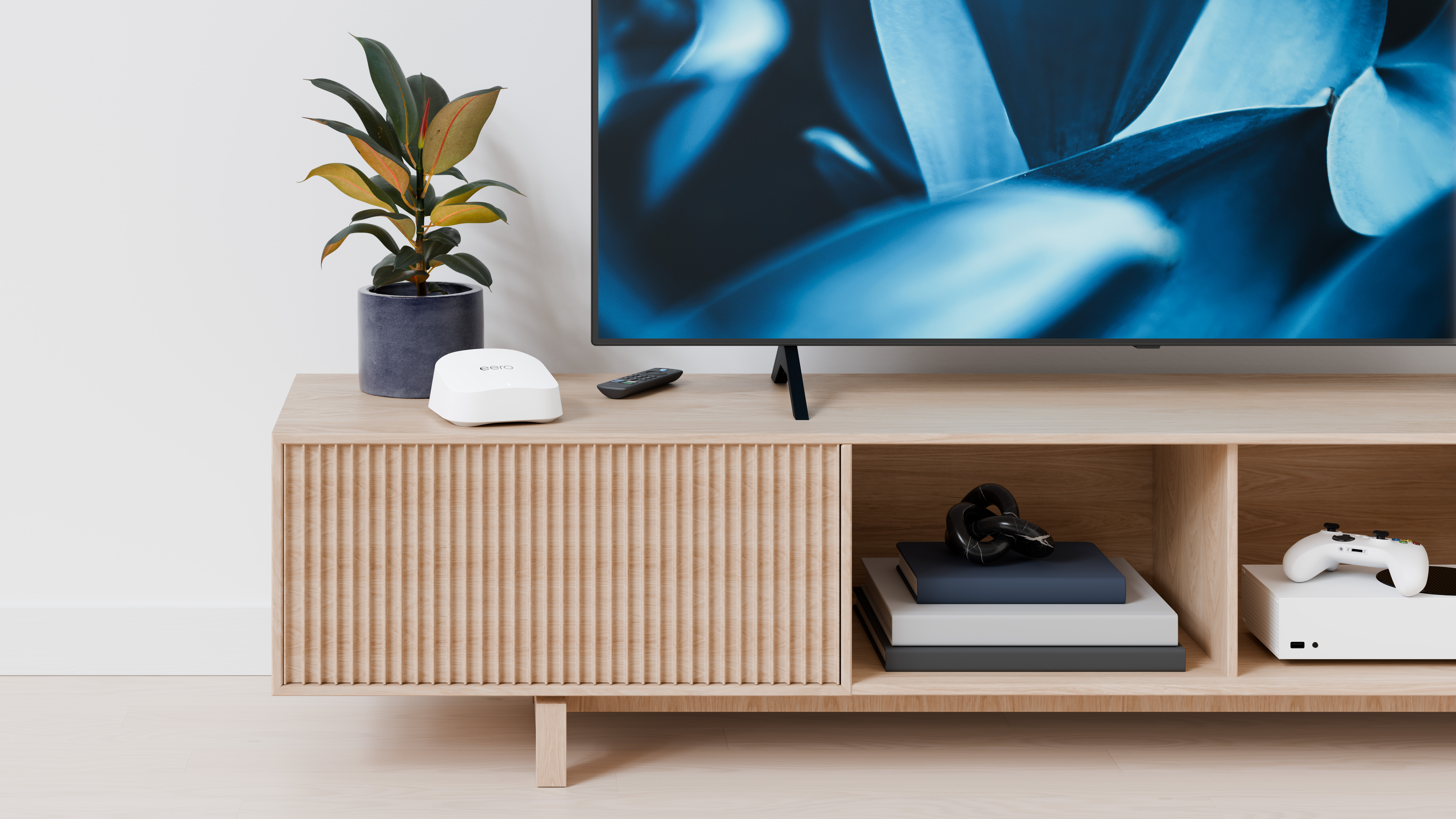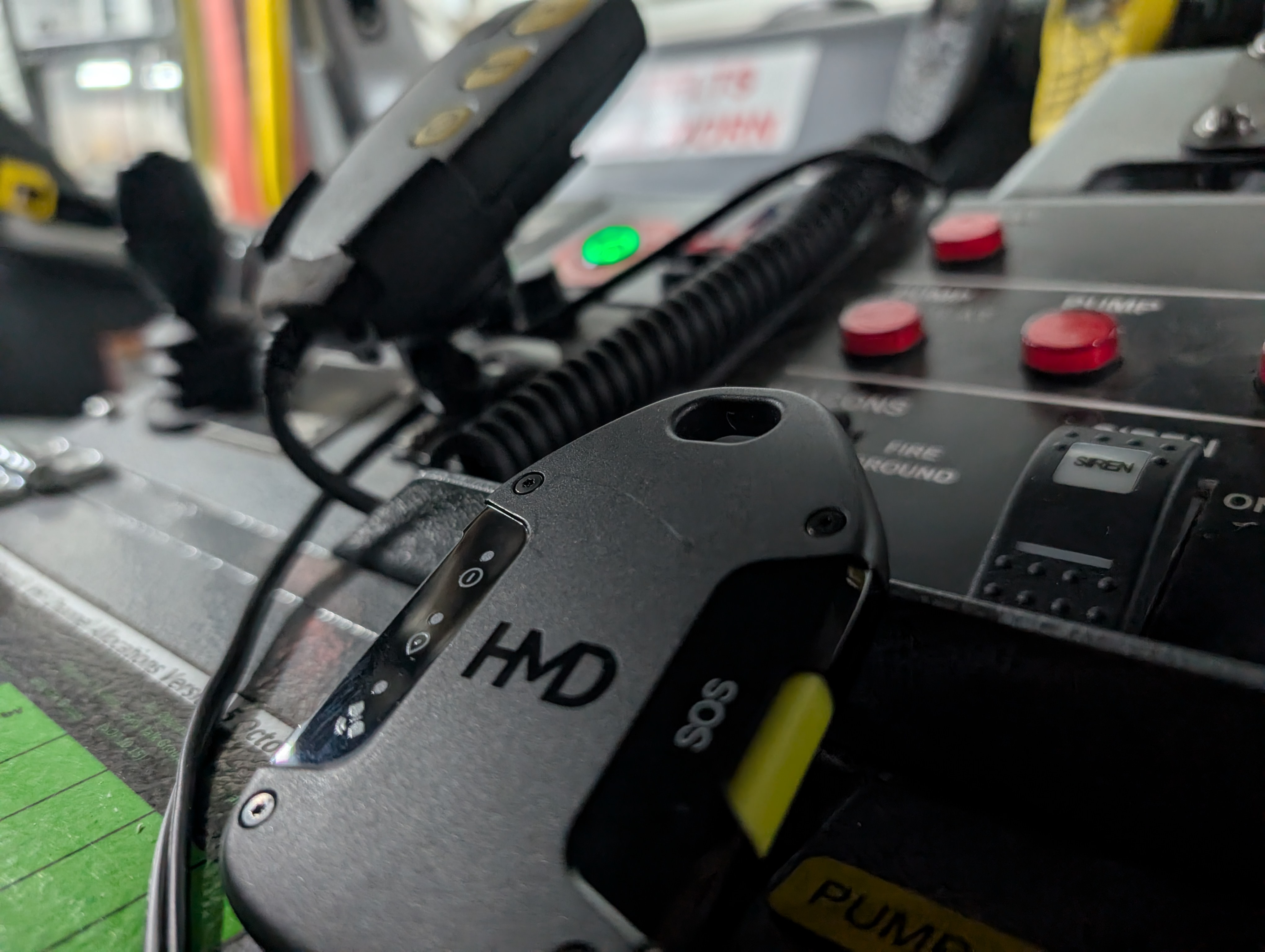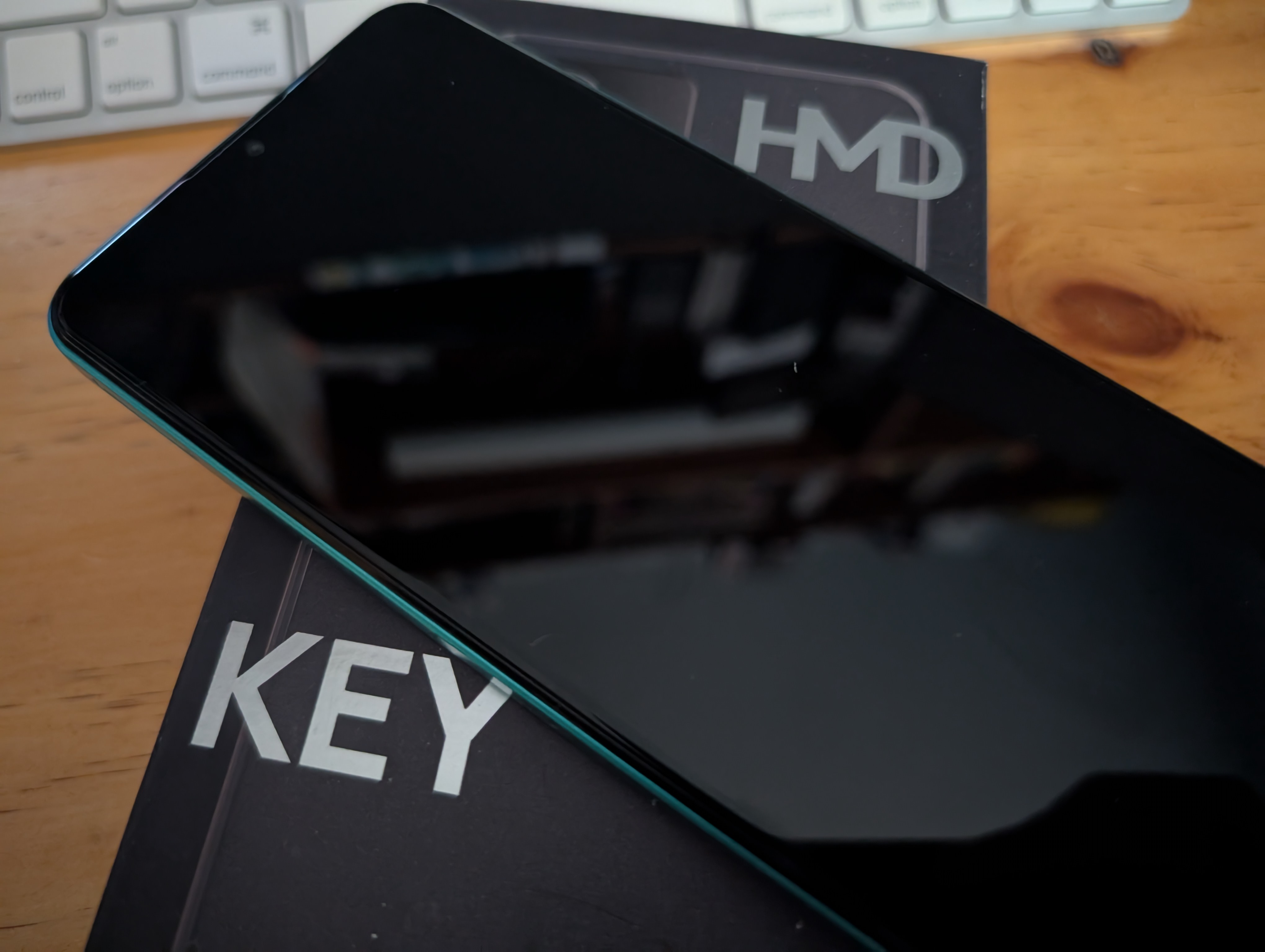Elon Musk’s SpaceX has finally announced Australian availability and pricing for its Starlink satellite internet product.
Starlink is now delivering an initial “better than nothing” beta service internationally, and will continue expansion to near global coverage of the populated world in 2021.
During beta, users can expect to see data speeds vary from 50Mb/s to 150Mb/s and latency from 20ms to 40ms in most locations over the next several months as they enhance the Starlink system. There will also be brief periods of no connectivity at all.
SpaceX say that as they launch more satellites, install more ground stations and improve their networking software, data speed, latency and uptime should improve dramatically.
Your Starlink Kit ($709 each + $100 shipping) will arrive with everything you need to get online including your Starlink, Wi-Fi router, power supply, cables and mounting tripod.

The mounting tripod is designed for ground level installation, or to support a quick start setup to test your internet connection. For users that require a roof install, roof mounts are available for purchase by signing into your Starlink account.
For the moment Australians can pre-order with a payment of $139 which will be the flat monthly access fee for unlimited data once your service starts.
You will need a clear “field of view” to use Starlink. If you could see the connection between a Starlink satellite and your Starlink, it would look like a single beam between the two objects. As the satellite moves, the beam also moves.
The area within which this beam moves is the “field of view”. If any object such as a tree, chimney, pole, etc. interrupts the path of the beam, even briefly, your internet service will be interrupted.
There are no contracts and you can return your Starlink Kit within 30 days of shipment for a full refund of your hardware payment if you decide this service is not a good fit for you.
In early service, the required clear field of view is a 100-degree cone around the center of the dish (after tilting) with a 25 degree elevation minimum. Some obstructions are worse than others. Obstructions low in the sky will cause more outages because satellites are in this area of the sky more frequently.
The best guidance SpaceX can give is to install your Starlink at the highest elevation possible where it is safe to do so, with a clear view of the sky.
Users who live in areas with lots of tall trees, buildings, etc. may not be good candidates for early use of Starlink. However as more satellites are launched, the field of view constraints will decrease, enabling a wider variety of users.




